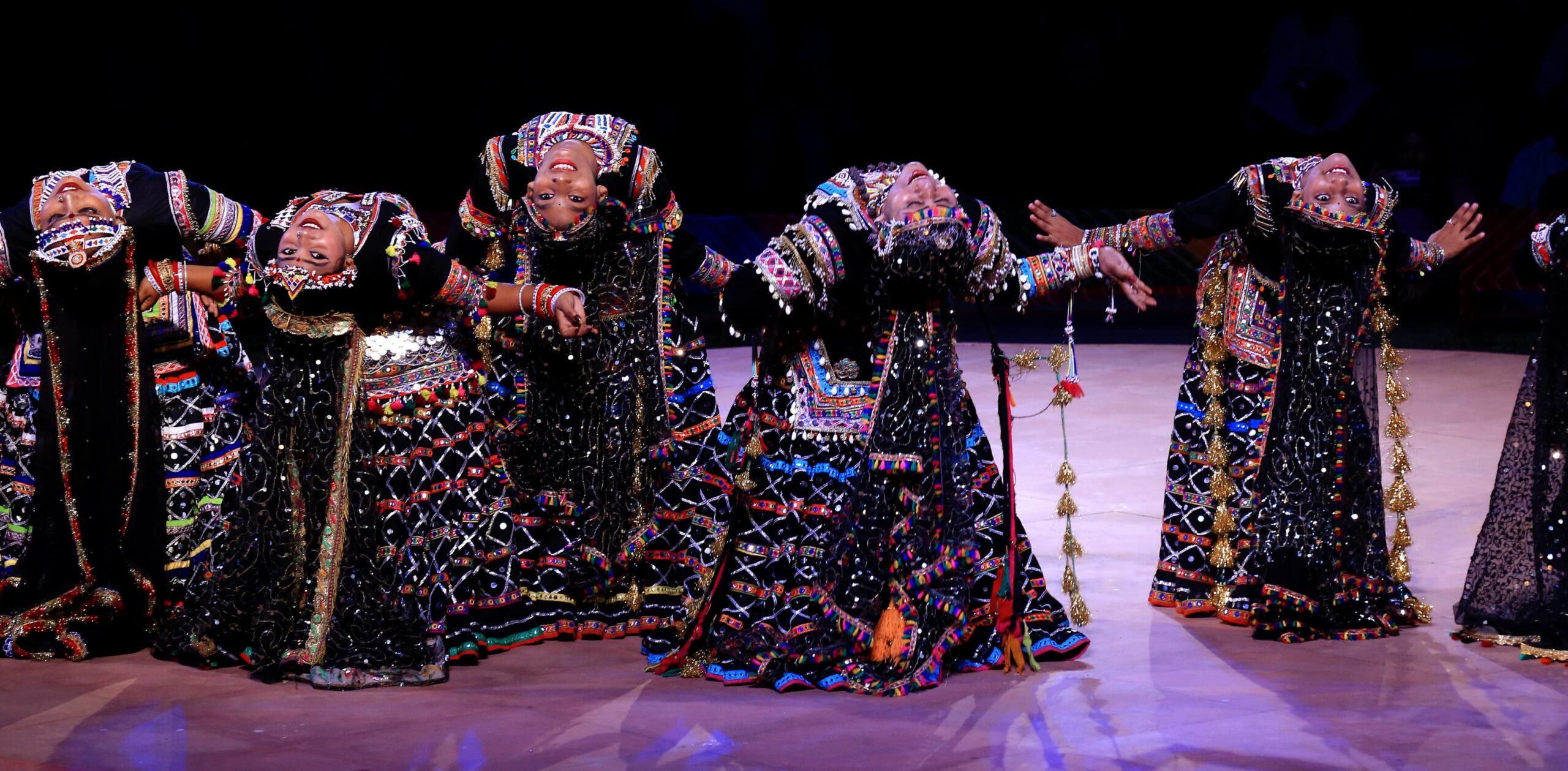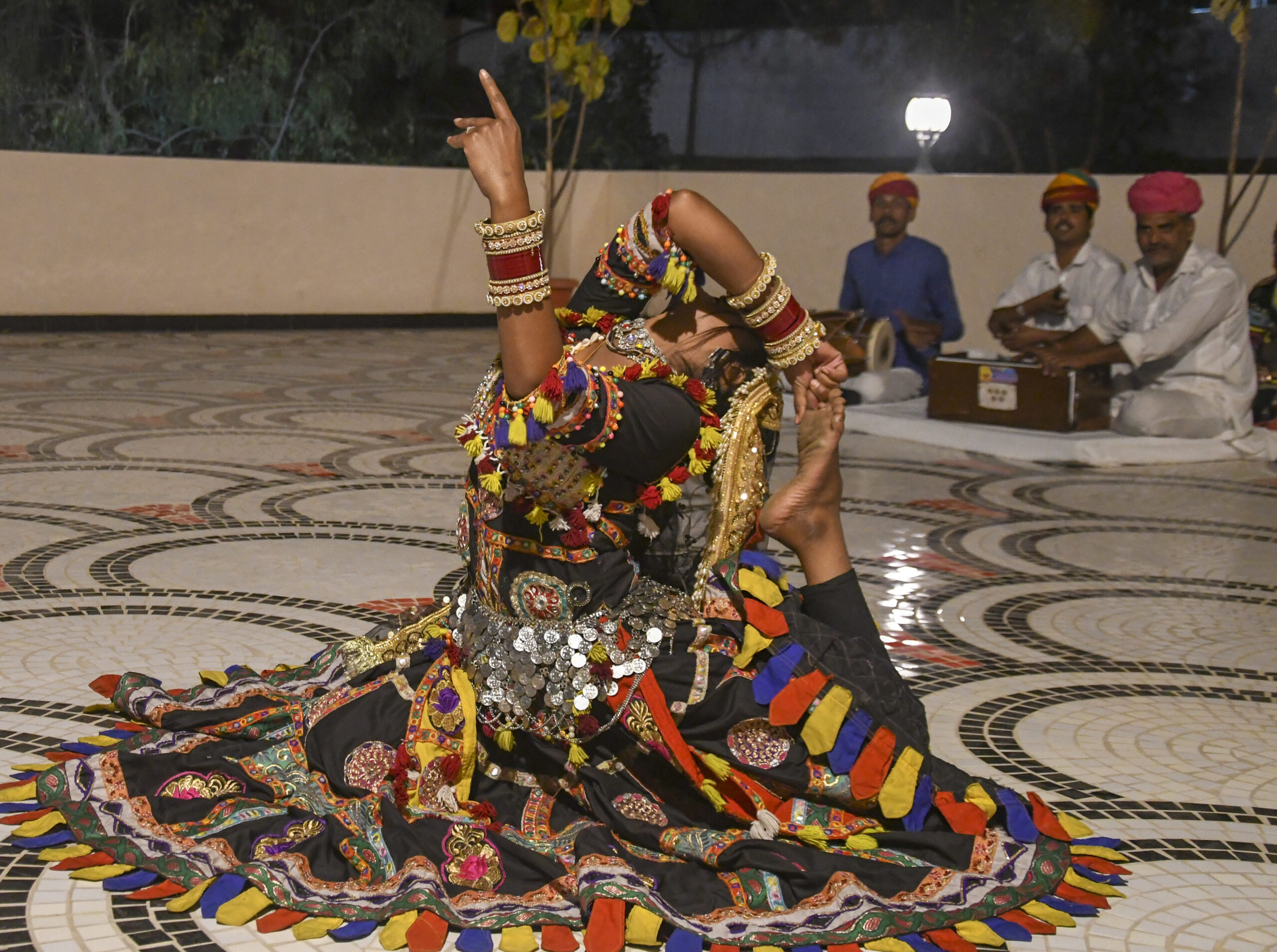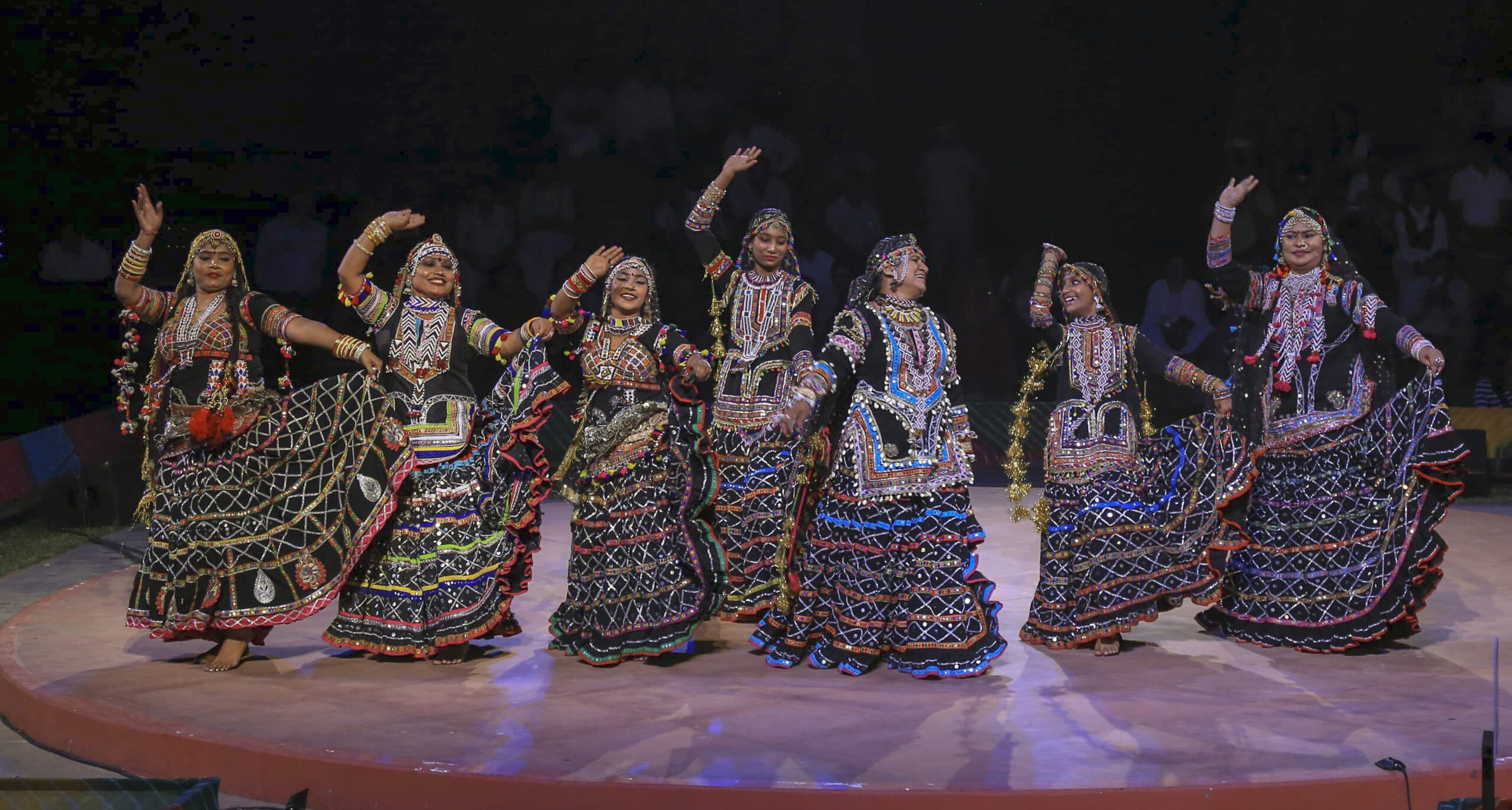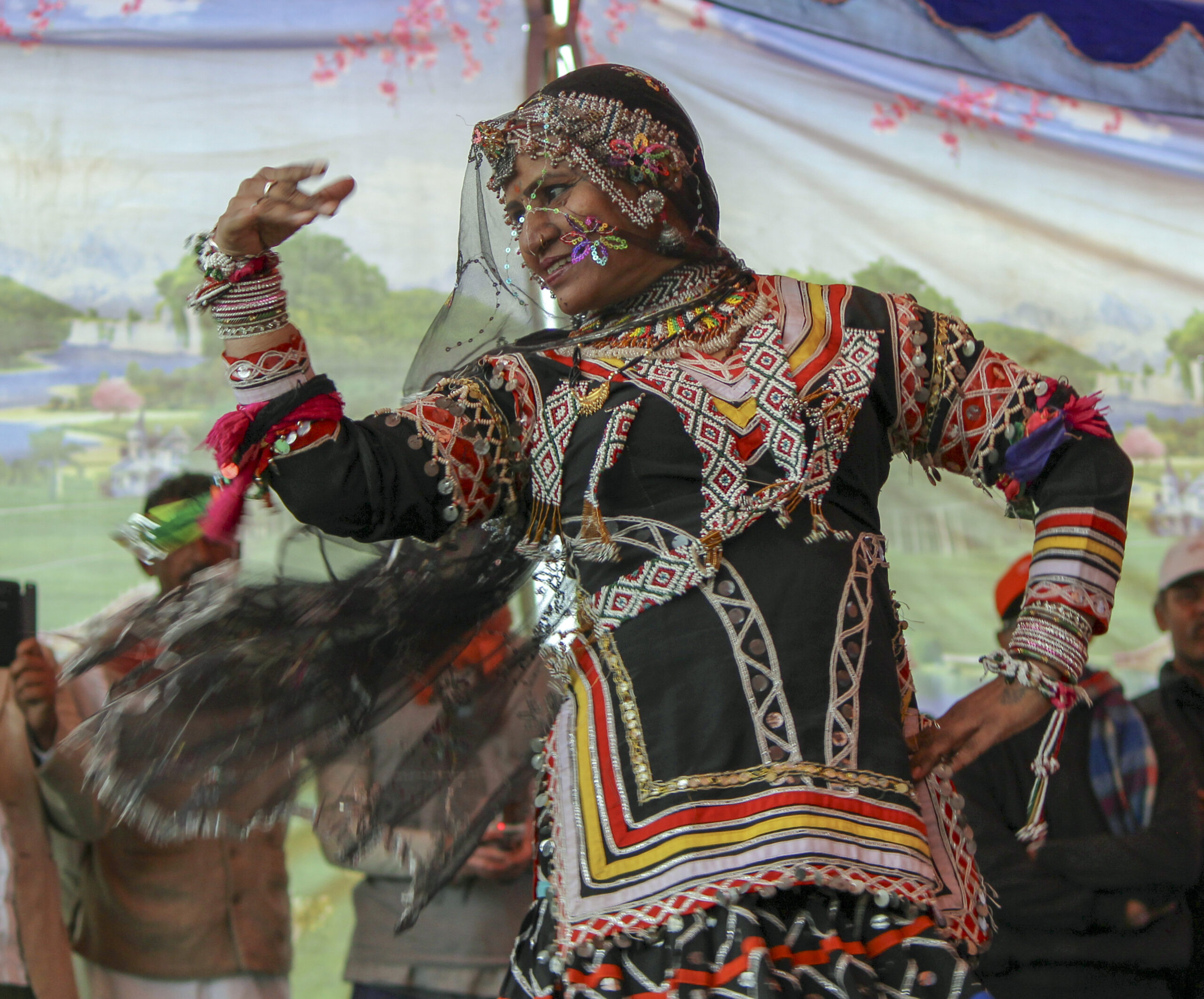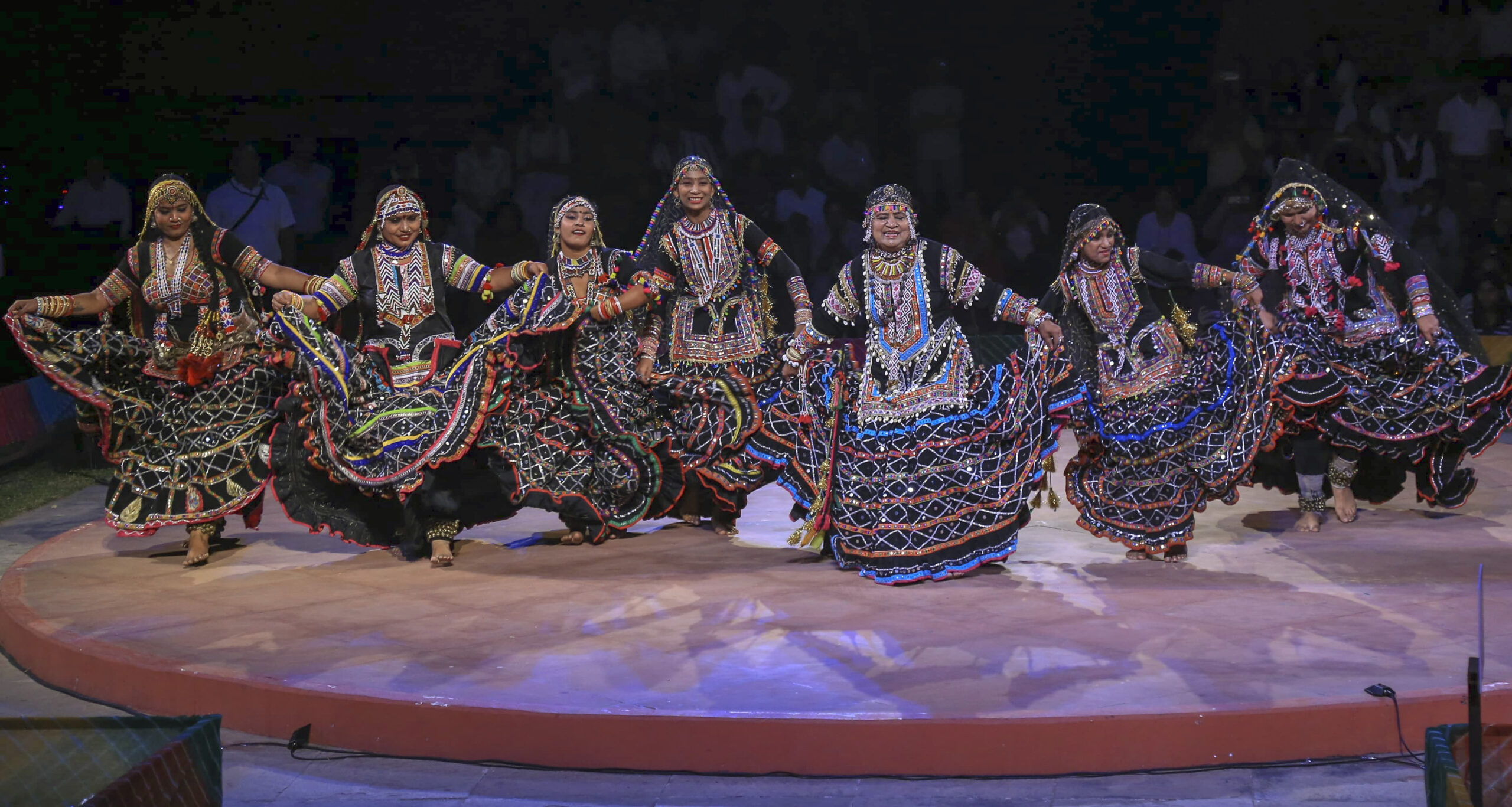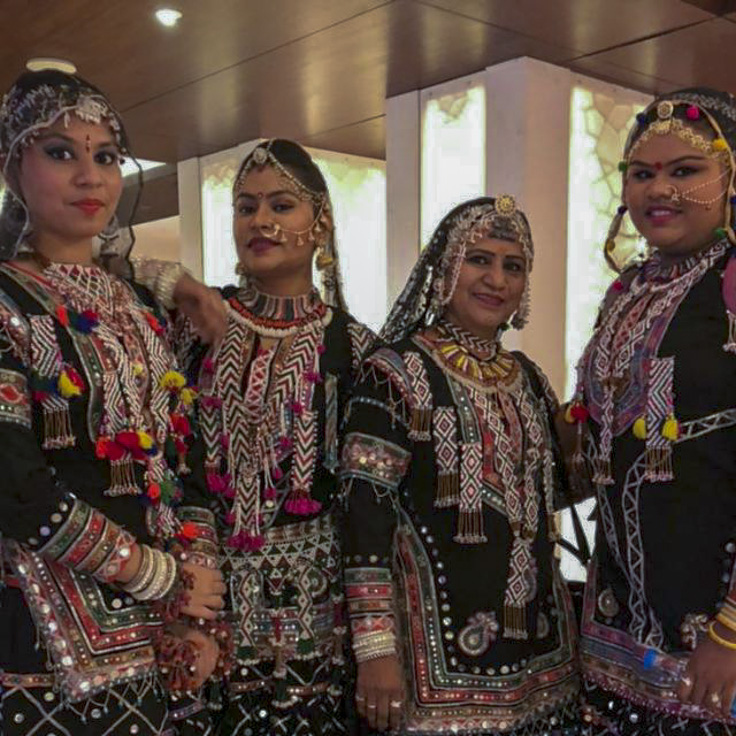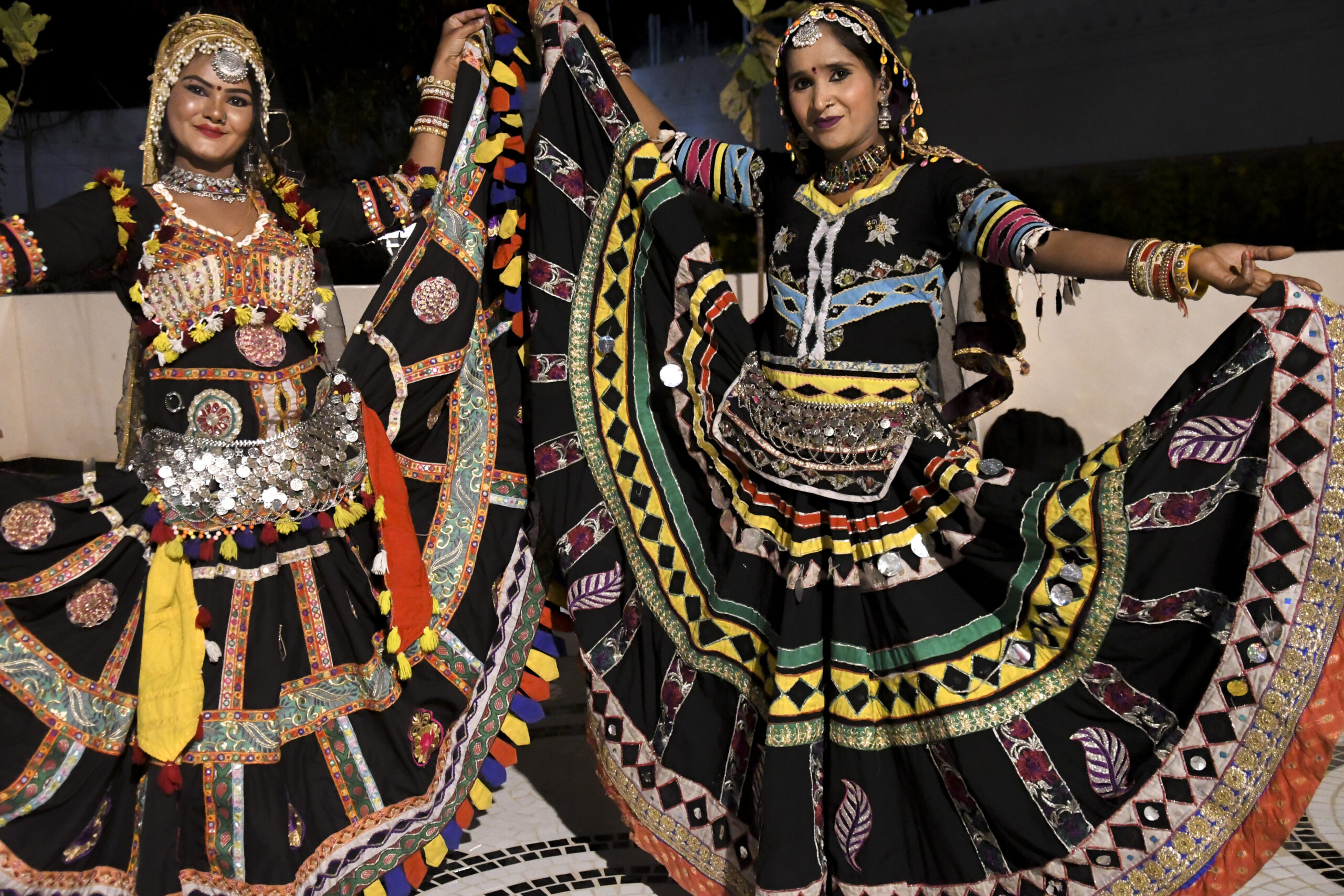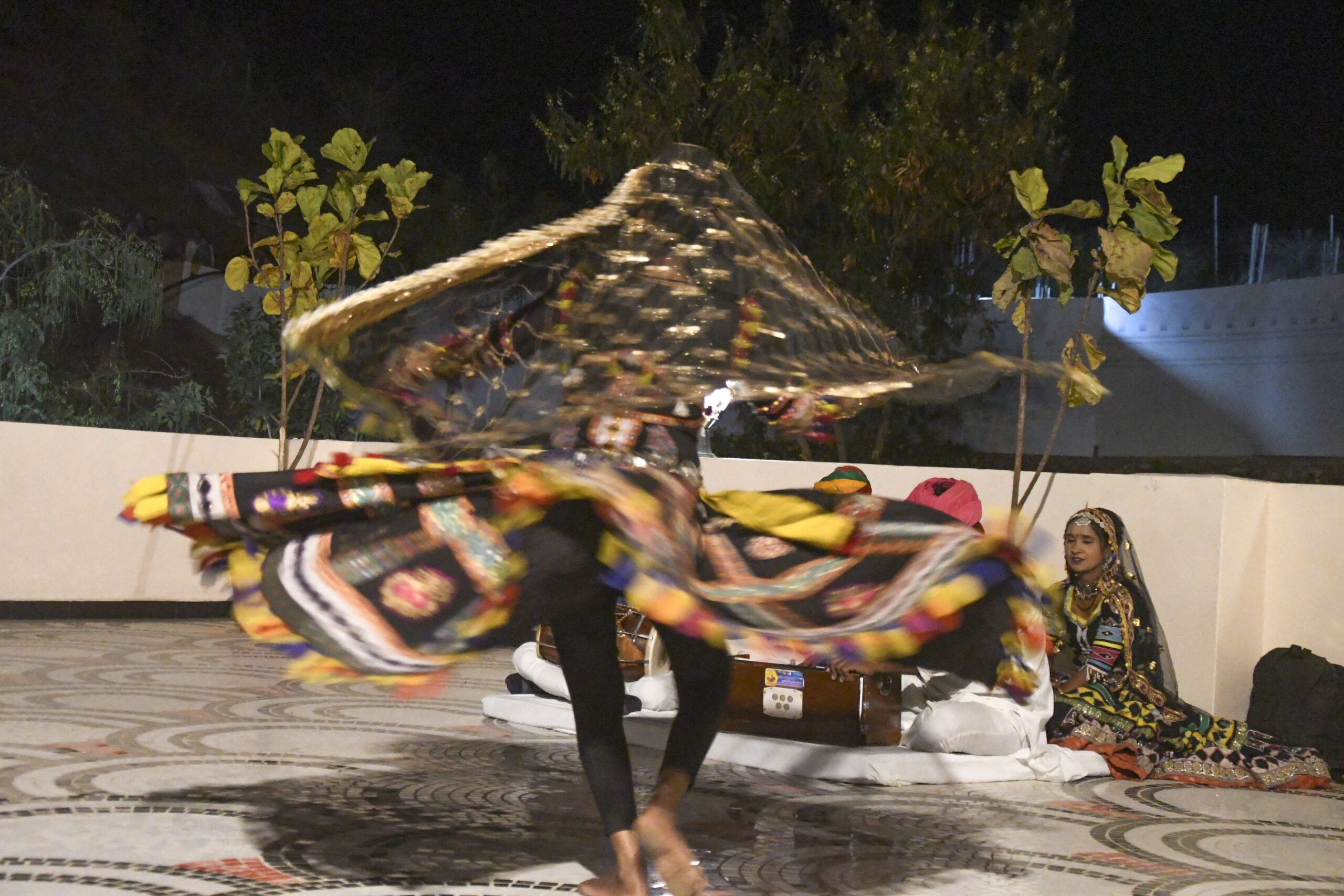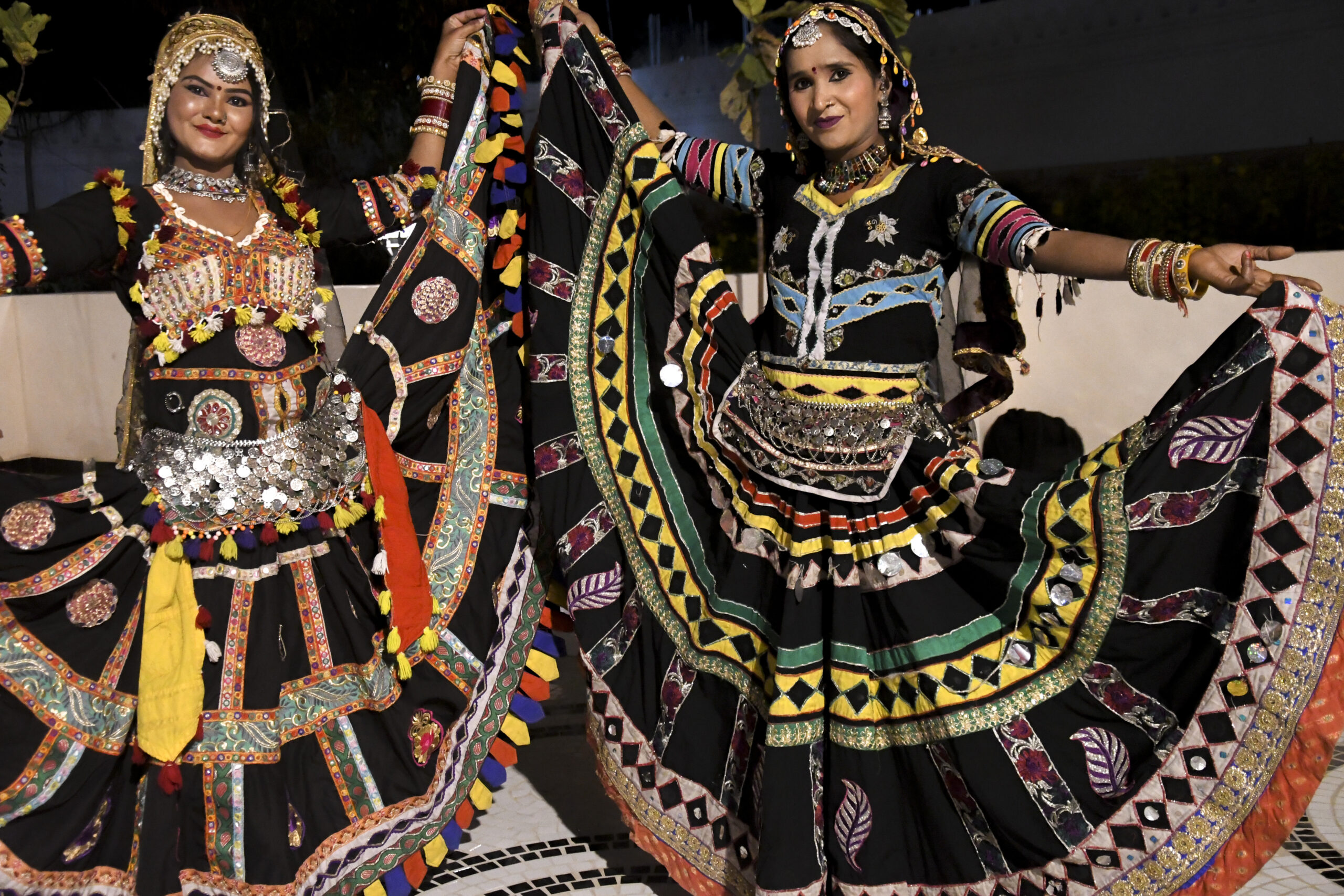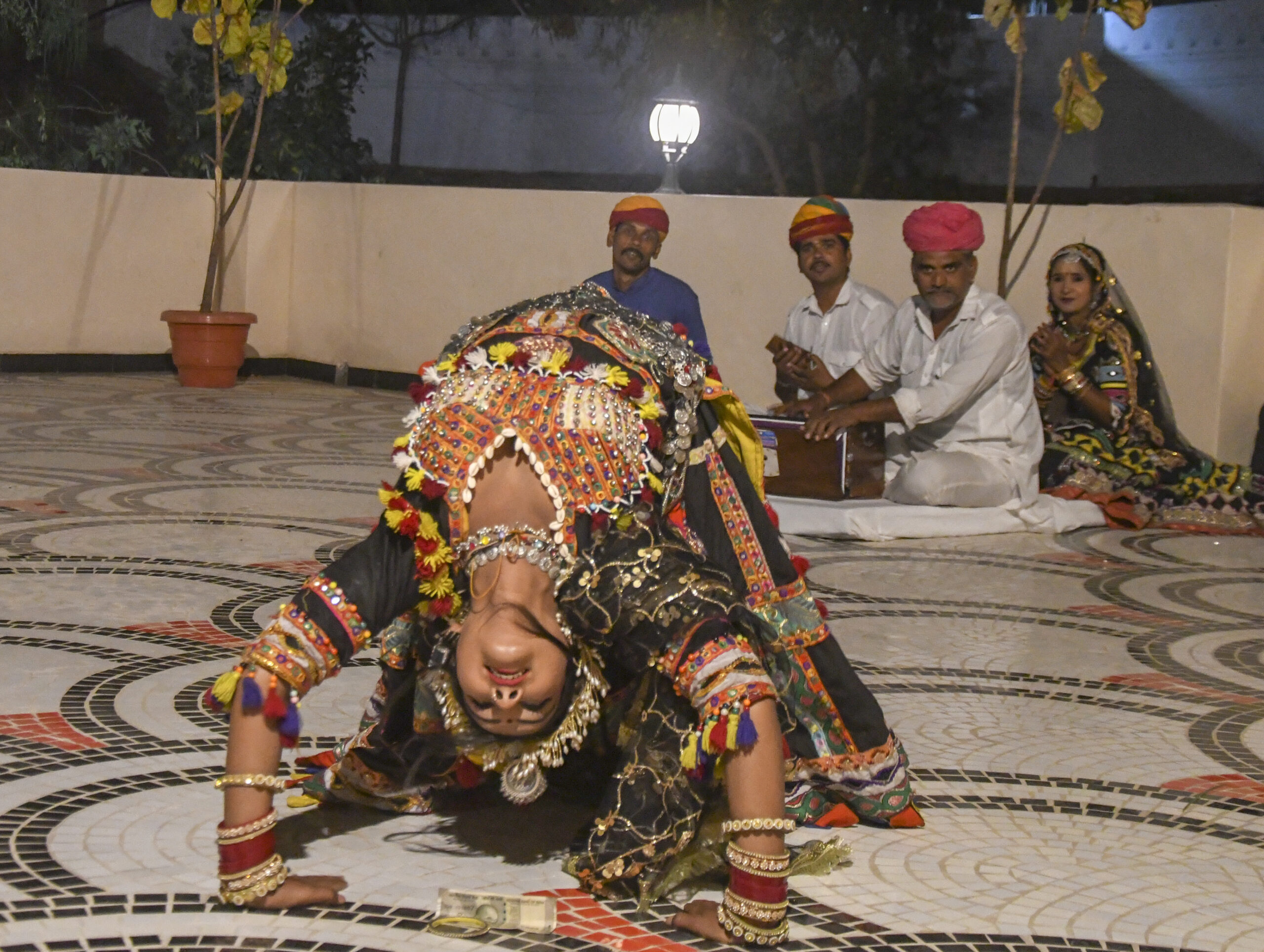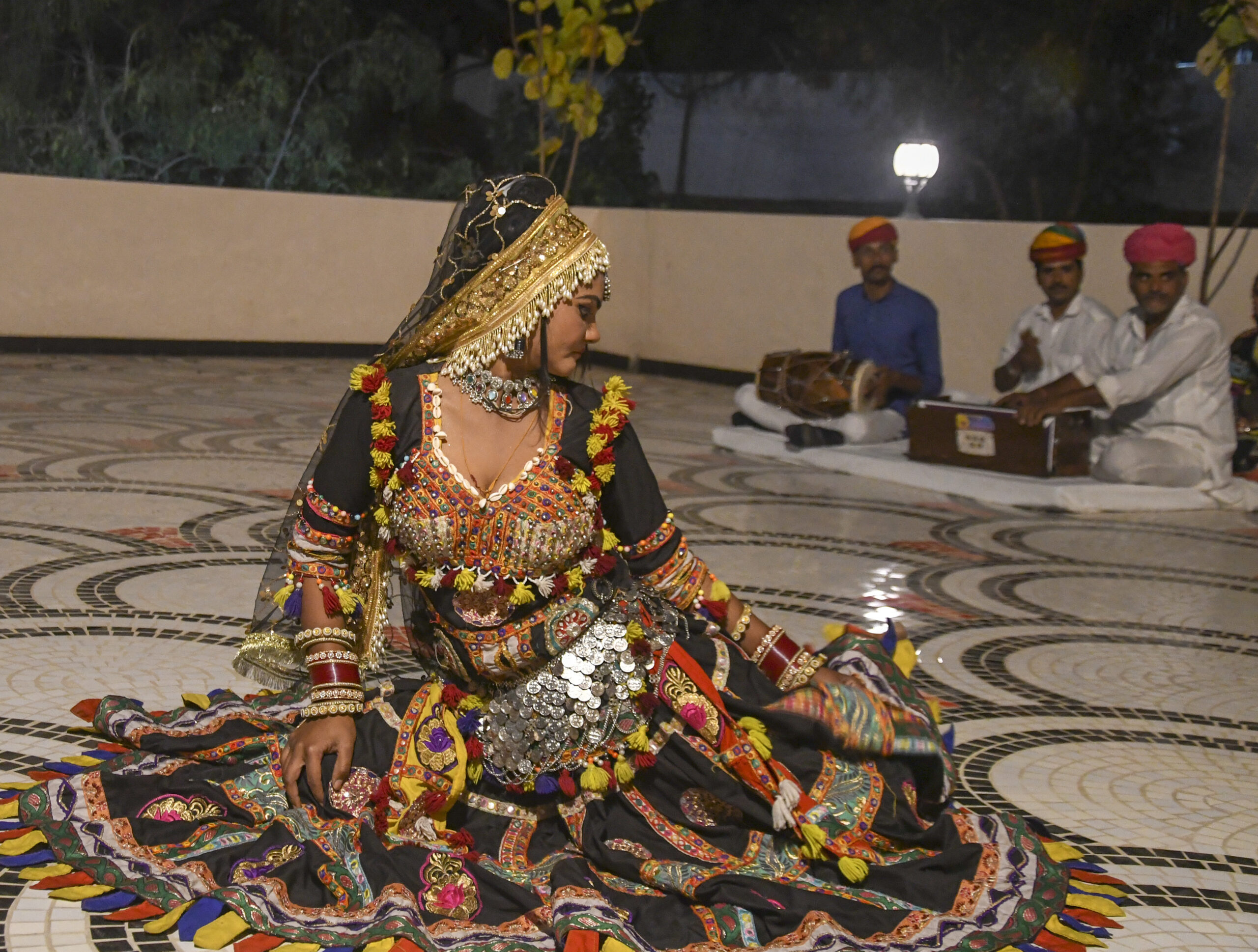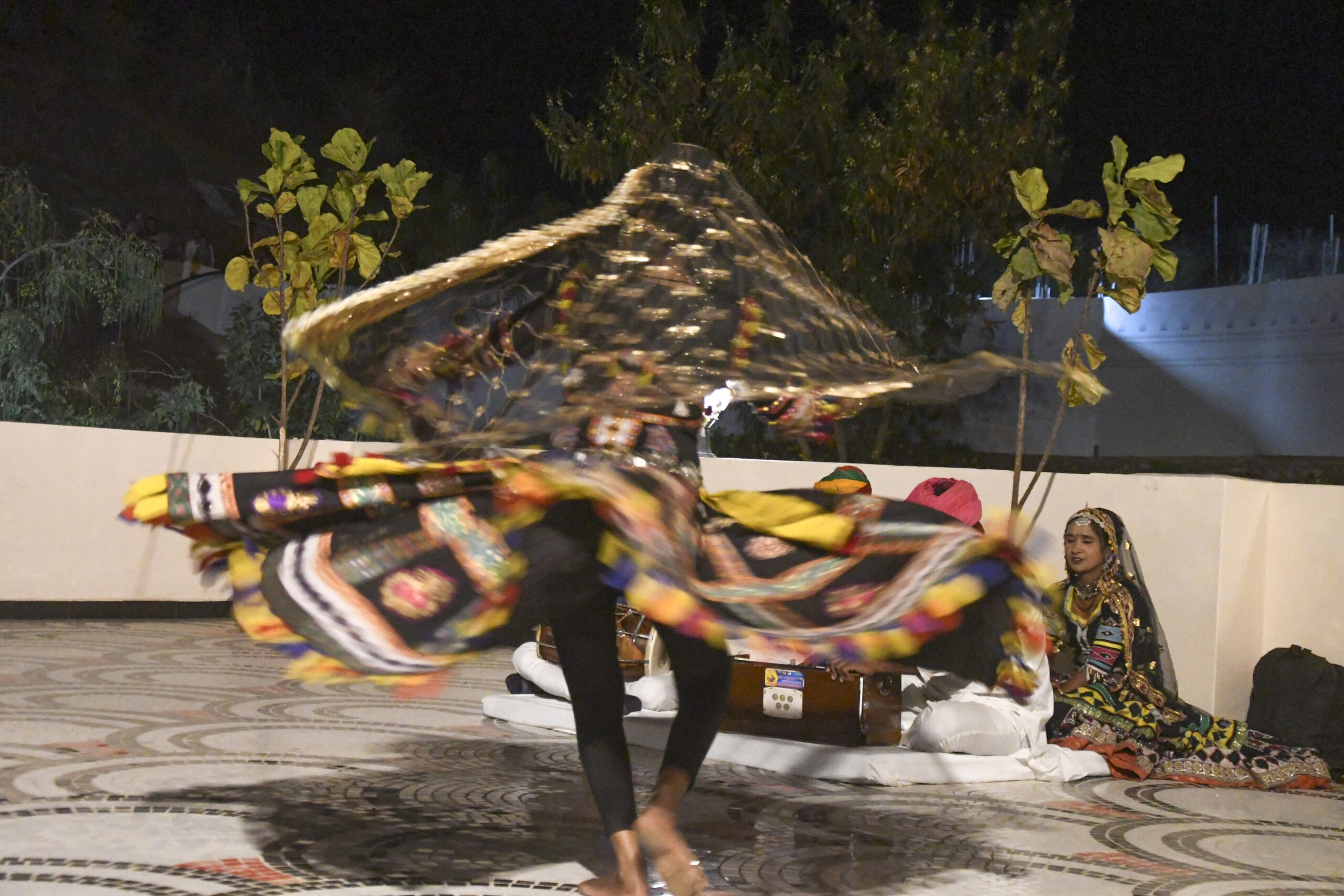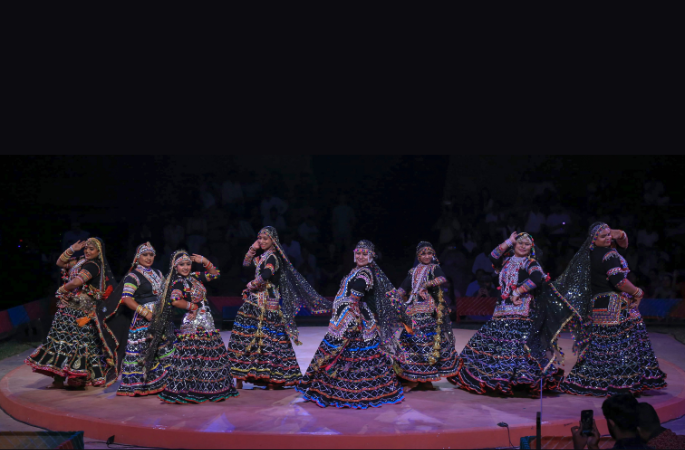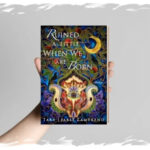In Rajasthan, India, Danseuse Gulabo Sapera holds sway in the Kalbelia community, former snake charmers and handlers turned performers.
When she came kicking and screaming into the world, the people of her village spirited her away from her birth mother and buried her alive. This is our custom, members of the nomadic Kalbelia community of snake charmers in the northwestern state of Rajasthan in India, rationalised the age-old tradition. When her mother realised what had happened, she ran to rescue her newborn seventh child. She was alive, 7 hours after being buried.
The infant Gulabo Sapera grew up to fight patriarchy and poverty and carved a path for herself in a male-dominated world. Widely hailed for popularizing Rajasthan’s Kalbelia dance form, Gulabo was awarded a Padma Shri (the fourth highest civilian award in India) in 2016.
Initially, her family was ostracised by the community for allowing their daughter to indulge her passion for dance and imitate the whirling ballet-like movements of a snake under the spell of a snake charmer. Indeed, she gave her community of nomads from the Thar Desert an alternative vision of dance as a vehicle of empowerment for their daughters. Thanks to government initiatives and Gulabo’s tireless campaigning against the age-old tradition of killing female infants, the practice has now reportedly ceased in the community. Indeed, the dance has a UNESCO Intangible Cultural Heritage tag.
We spoke to 55-year-old Gulabo, the doyen of Kalbelia dancers, about her journey and how she helped raise a tribal tradition to a performing art form. “Traditionally, Kalbelia men would travel from village to village carrying cobras in woven baskets and display their snake-handling skills,” she revealed.
Gulabo’s father did not want to risk his daughter’s life at the hands of meddling community members who believed that too many girl children were an unnecessary burden and the infant should be returned to God. So, he carried his six-month-old daughter in a basket on his snake-charming sorties and the wide-eyed infant grew up watching the hypnotic swaying of the cobra. By the time she was one and a half years old, she was dancing in the basket and imitating the movements of her father’s serpent.
This was against the backdrop of her community’s disapproval and taunts that her father had helped his daughter metamorphose into a snake and so the family was expelled from the community! Subsequently, Gulabo stayed at home with her mother who coached her in the movements of the electrifying, stormy dance.
Her first break happened when she was eight years old. Rajasthan Tourism Department officials saw a knot of people at a local fair watching a lissom child, dancing and writhing with serpent-like elasticity, to the wail of her father’s been (a wind instrument used by snake charmers). They asked her to stage an evening performance and paid her Rs 50. “That was the first time I had handled a note. We used to just get coins for our snake charming act,” reminisced Gulabo.
“I knew then that I was born to dance on stage. When I dance, I feel at one with the universe,” she said. Soon she moved to Jaipur, the state capital. In 1985, 13-year-old Gulabo was invited to dance in Washington DC and that event was life-changing.
Gulabo’s performance won hosannas overseas and, on her return, she was feted by the same community that had attempted to suppress and silence her and her family. The women entreated her to teach their daughters the Kalbelia dance and in exchange, “I made them promise to abandon the practice of killing their infant daughters,” said Gulabo.
Subsequently, Gulabo performed in 170 countries and kept the tradition alive by training members of her community, her children and grandchildren in the finer nuances of the dance for which there are no training manuals. The songs convey mythological knowledge through stories and the lyrics are often composed extempore during a performance. The 1972 ban on snake charming, hit the community hard but made them more receptive to preserving their cultural heritage of dance.
We watched a Kalbelia dance performance at Sayaji Resorts & Spa in Udaipur, Rajasthan, when two women foot-tapped, backs arched like bows, gathering their flared skirts upwards which rippled in waves of black and silver, their feet moving to an inner rhythm. The lamp-lit resort with the eternal Aravalli Hills looming beyond was their stage as timeless as the folk dance that had throbbed in their blood since childhood. Their black skirt and blouse studded with mirror work, embroidery and braids of cotton thread flared and swirled seemingly attuned to their sinuous movements. They then suddenly flipped their bodies backwards into a bow-like shape like a cobra about to strike a deadly foe.
Briefly, it seemed like the dancers had transformed into serpents, slithering to the wail of the been that played in the background, the strains intertwined with their very being.
